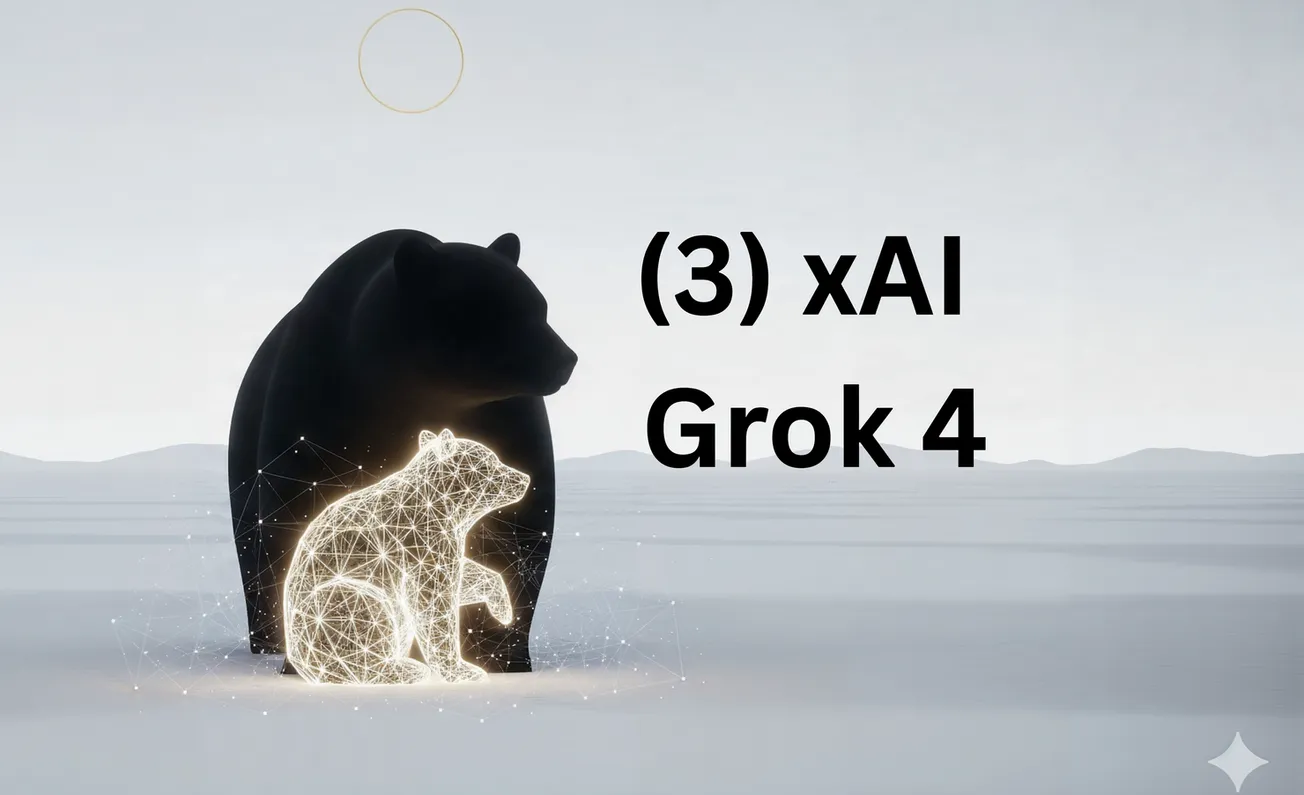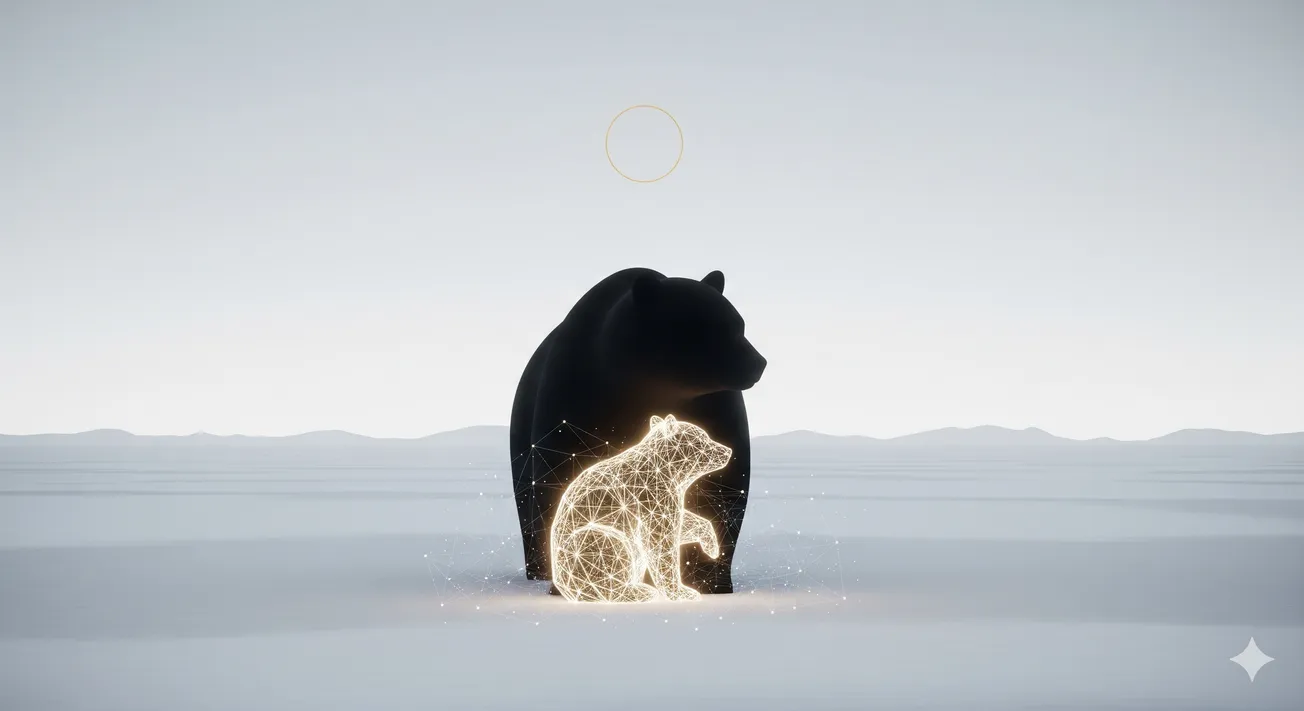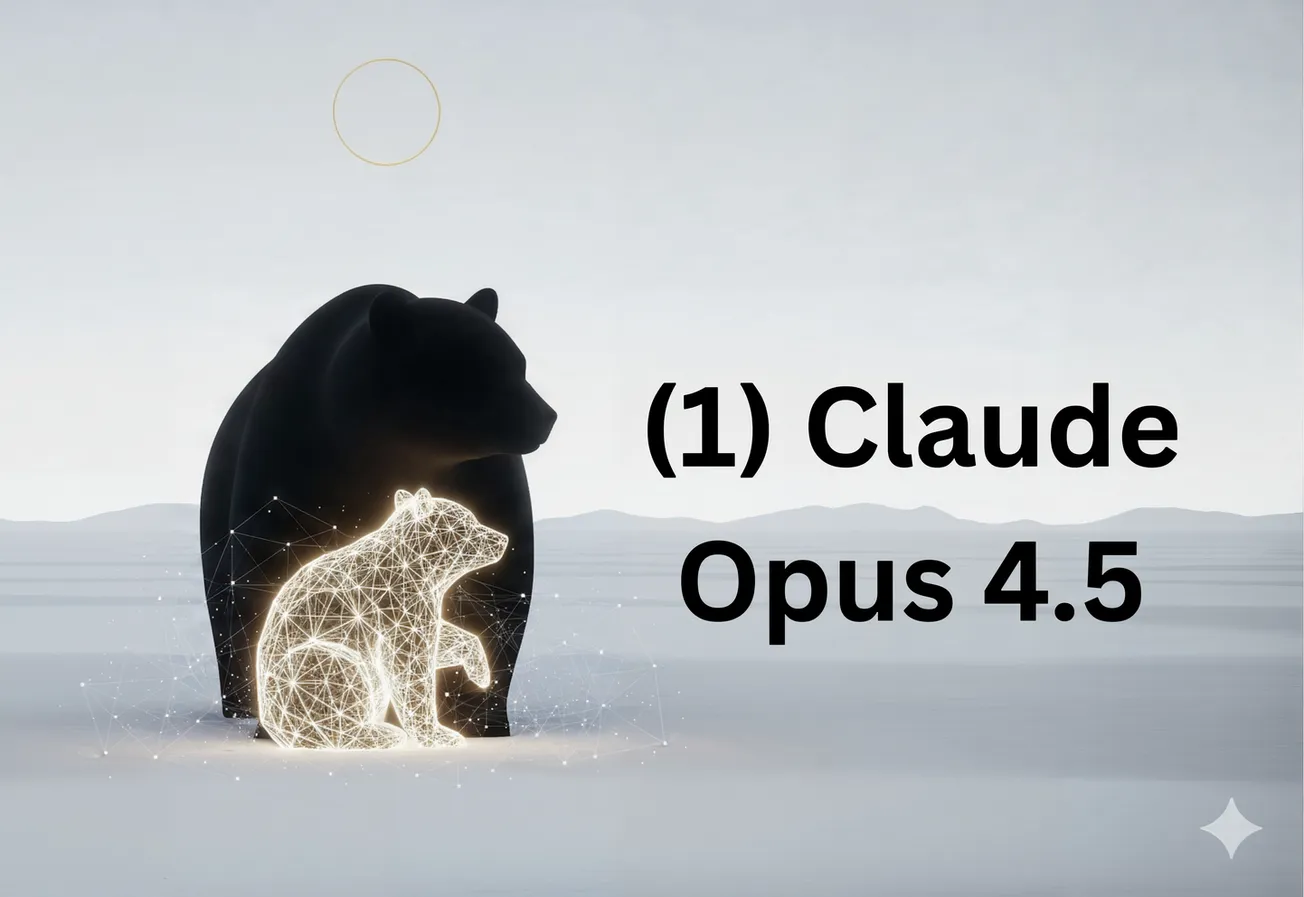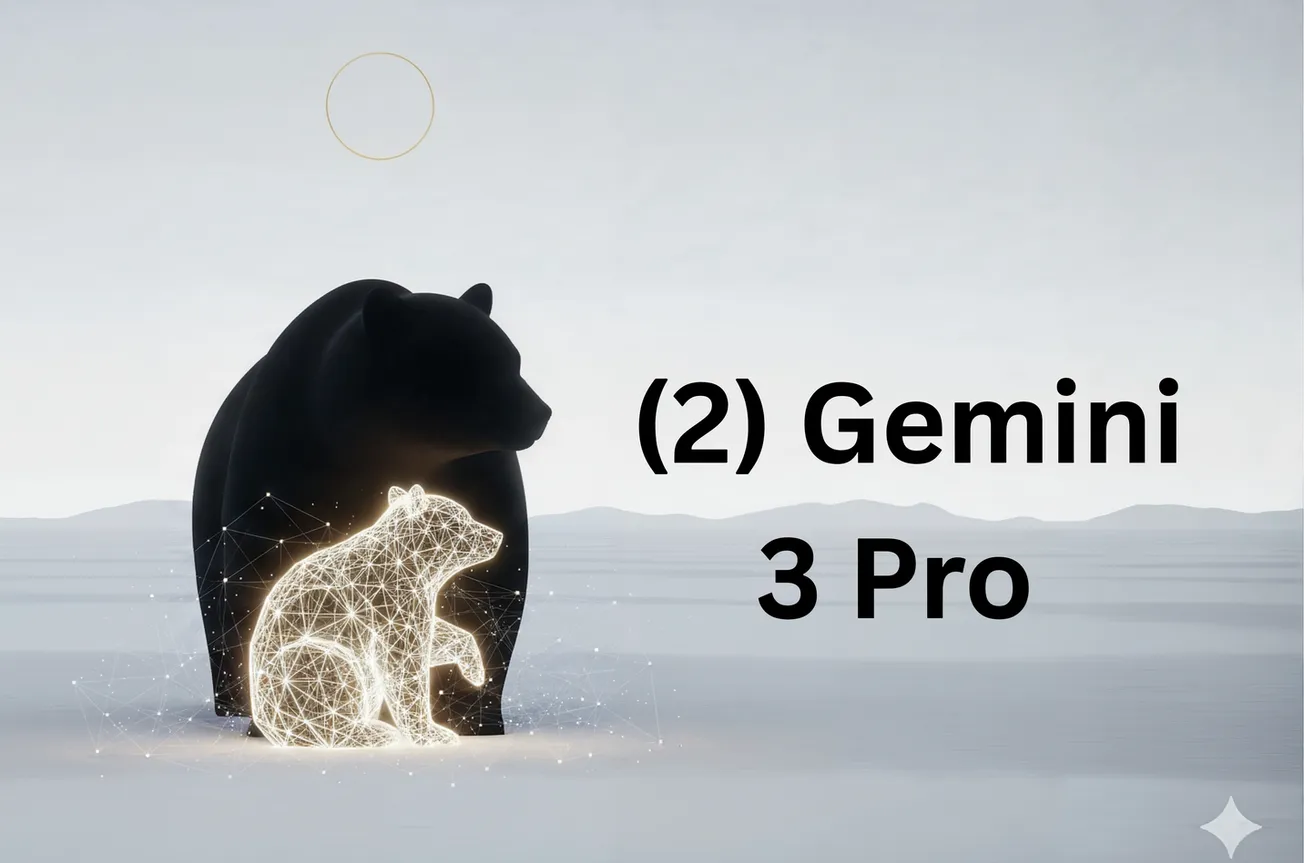Abstract.
Darwin’s Descent of Man proposed that a second engine—sexual selection—works alongside natural selection to sculpt living forms. In humans, that engine operated on an unusual life history (big brains, long childhoods, cooperative breeding) and inside an equally unusual cultural niche (language, norms, technology). The consequence was not just different bodies but different kinds of minds: status‑sensitive, display‑oriented, exquisitely attuned to others’ preferences, and capable of symbolic performances that bind groups and attract mates. This essay maps that architecture: the mechanisms (mate choice, same‑sex competition, sexual conflict), the signatures they left on anatomy and psychology, their entanglement with culture, and open problems that still matter if we’re seeking durable truths rather than fashionable stories.
1) What Darwin got right—and why humans are a hard test
Darwin separated natural selection (differential survival) from sexual selection (differential mating success) and emphasized two pathways:
- Mate choice (usually female choice in many species) favoring attractiveness, competence, or reliability;
- Intrasexual competition (often male–male), favoring weapons, coalitions, and competitive psychologies.
Humans complicate both: we are mildly sexually dimorphic (men are taller and more muscular; women accumulate gluteofemoral fat and display cyclical endocrine profiles), yet we also show high paternal investment and long‑term pair bonds with substantial alloparental care. Those features soften the classic “many indiscriminate males, few choosy females” caricature and make mutual mate choice important. In our species, both sexes are choosy, both compete, and both advertise—but often for different audiences and on different criteria.
Roadmap of argument. I first sketch the peculiar human mating ecology, then derive predictions about anatomy, psychology, and culture; I examine places where the evidence is strong, contested, or missing; and I end with research frontiers that could convert today’s “just‑so” stories into testable, cumulative science.
2) The human mating ecology: constraints that create leverage for sexual selection
Altricial offspring. Neonates are neurologically unfinished. Years of provisioning, protection, and teaching generate strong selection for reliable partners and cooperative kin networks.
Cooperative breeding. Mothers rarely rear alone; grandmothers, fathers, and wider kin matter. This fosters selection for traits that attract investment (trustworthiness, empathy, reputation) beyond sheer genetic quality.
Mixed mating systems across ecologies. Ethnographic and historical records range from monogamy to serial monogamy, polygyny, and (rarely) polyandry, with local ecology (resources, warfare, pathogen load) tilting costs and benefits of each. This variability is itself a signature of sexual selection interacting with cultural rules.
Concealed ovulation and extended sexuality. Unlike many primates, human sexual receptivity is decoupled from strict fertility windows. This supports pair‑bond maintenance via sex, expands the canvas for mate choice (courtship is continuous), and raises incentives for mate guarding and jealousy—classic arenas of sexual conflict.
3) Anatomical signatures: modest weapons, conspicuous ornaments
- Dimorphism. Humans show intermediate dimorphism compared with gorillas (extreme) and gibbons (low). This fits a mixed regime of coalitional male competition and mutual choice.
- Male traits under choice and competition. Height, upper‑body strength, shoulder‑to‑hip ratios, facial hair, and low vocal pitch correlate (imperfectly) with perceived dominance and sometimes with mating success. None is a universal passport; each trades off against others (e.g., dominance signals can invite costly conflict).
- Female traits under choice and condition. Breast morphology, hip‑waist ratios, skin and sclera brightness, and voice pitch carry information about age, parity, and energy balance. Cross‑cultural variation is substantial, reminding us that sensory biases and local ecologies bend universal preferences.
- The brain as an ornament and a tool. Energetically extravagant, the human brain is both survival kit and display organ: it produces music, language, humor, art, and ethical reputation—phenotypes that attract mates, allies, and patrons.
4) Cognitive ornaments: language, music, humor, art
Darwin already intuited that song and ornament can be courtship displays. In humans:
- Language allows high‑bandwidth fitness signaling: knowledge, foresight, coalition value. It enables narrative self‑advertisement (competence, reliability) and fine‑grained partner assessment (wit, theory of mind, prosocial intent).
- Humor compresses mental agility and shared background into a single, costly signal (you must understand norms to violate them deftly).
- Music and dance coordinate bodies and expectations, broadcasting timing, stamina, and group commitment; they also produce aesthetic pleasure largely decoupled from immediate survival.
- The arts often peak in late teens to early 30s, coincide with mating markets, and function as costly signals: time‑expensive, skill‑intensive displays hard to fake.
These claims are strongest where life‑history timing, audience effects, and mate‑relevant payoffs align; they are weaker where we mistake by‑products for adaptations. A cautious framing: sexual selection amplified cognitive traits that were already useful for cooperation, turning them into displays of general fitness under mutual mate choice.
5) Social selection, status, and coalitions
Human reproduction is filtered through reputation and status. In many settings, men gain mating opportunities through coalitional success (hunting, warfare, leadership), while women’s status shapes quality of partner and kin support. This is social selection—where traits that earn deference, trust, and followership yield mating payoffs. Darwin’s own primate anecdotes about orderly raiding parties and obedience (as in your Spanish passage about papiones keeping silent under a leader) foreshadow this: group coordination is a mating currency because it moves resources and risk across generations.
6) Sexual conflict and its governance
Wherever interests diverge, sexual conflict emerges: over mating frequency, partner number, paternity certainty, and resource control. Its biological forms include mate guarding, sperm competition, coercion, and cryptic female choice (e.g., post‑copulatory selection via biochemical pathways). Its cultural containment includes marriage systems (from bridewealth to dowry), inheritance rules, taboos and veiling, normative monogamy, and legal protection and consent norms.
Crucially, institutions are moral technologies: they reallocate the costs of conflict. Societies that reduce male‑male variance in mating (e.g., via monogamy or economic leveling) often reduce violence, shift male effort toward parenting and productivity, and increase female bargaining power. But there is no one “stable” equilibrium; cultural packages coevolve with ecology and technology.
7) Parental investment, reciprocity, and the rise of prosocial virtues
Trivers’ logic of parental investment predicts choosier sexes where investment is high. In humans both sexes invest heavily; hence mutual choosiness and virtue displays:
- Reliability and kindness are mating signals when reputation systems are strong;
- Generosity and public altruism can be costly signals of resource access and cooperative intent;
- Moral reputation (fairness, self‑control) stabilizes long‑term pair bonds and elicits alloparental support.
Thus much of human morality can be read—without reductionism—as courtship‑relevant prosociality: behaviors that are intrinsically valuable for group life and also rewarded in mate choice.
8) Immune cues, pathogens, and the moving target of “health”
Sexual selection often piggybacks on parasite resistance and pathogen exposure. Preferences for clear skin, facial symmetry, energetic gait, and certain odors plausibly track immunocompetence. The MHC (HLA) story—preferences for dissimilar genotypes via odor—shows mixed evidence across populations, a caution that context matters and publication biases are real. The broader truth stands: sex is a high‑exposure activity, so selection links attractiveness to disease risk even when the proximate cues are aesthetic.
9) Menopause, concealed ovulation, and the grandmothering turn
Two human peculiarities sit near the core of our mating system:
- Menopause and the “grandmother hypothesis.” By extending post‑reproductive life, selection may have favored intergenerational investment over continued reproduction, reshaping the value of female experience and kin alliances.
- Concealed ovulation and extended sexuality likely stabilize pair bonds and elicit steady provisioning, but they also create informational asymmetries that fuel jealousy and control. The adaptive logic can explain both tenderness and tension in human mating.
10) Creativity, technology, and cultural runaway
Because humans inherit culture, sexual selection can act on memes as well as genes. If displays that recruit mates (songs, tools, rituals) are learned and copied, we get gene–culture feedbacks:
- Individuals who are good learners and teachers are sexier;
- Norms that standardize taste (music scales, fashion, rhetoric) create shared evaluative rubrics, sharpening selection;
- Technologies that expand audiences (myth, theater, printing press, digital media) magnify display variance, sometimes producing runaway dynamics (virtuosos, influencers) that are only loosely tethered to survival value.
In this light, the history of civilization can be read as escalating display arenas: temples, courts, academies, concert halls, then mass media—each rewriting the payoff matrix for talent, virtue, and novelty.
11) What Darwin got wrong—or at least, what we now read differently
- “Race.” Darwin engaged the categories of his time; modern population genetics shows continuous, clinal human variation with more within‑ than between‑group genetic diversity. Cultural evolution dominates the visible differences that mattered for historical power.
- Sex‑role stereotypes. Bateman’s principle (higher male variance in reproductive success) has exceptions in humans because resource control and childcare create mutual choosiness. Many sex differences are probabilistic, developmentally plastic, and context‑sensitive.
- Ovulatory preference shifts and universal standards: claims of cyclical shifts in women’s preferences or a single ideal waist‑hip ratio are fragile across replications. Causal claims should track measurement quality, preregistration, and cross‑cultural variance.
A mature Darwinism is not a museum of settled truths; it is a method for linking functional hypotheses to testable predictions under uncertainty.
12) The moral circle as a mating arena
Humans conspicuously care about what others should do. Normativity travels through gossip, storytelling, and punishment, and it carries mating consequences: hypocrisy is unattractive, integrity is attractive, forgiveness and restraint stabilize partnerships, and coalitional moralizing (virtue signaling, if you like) recruits allies and audiences. Sexual selection thus contributes to the expansion of the moral circle when reputational markets reward fairness beyond kin—but it can also fuel performative outrage or purity spirals when audiences reward them. The direction is contingent on institutional incentives.
13) Open problems (where the truth is not yet crisp)
- The magnitude of post‑copulatory selection. Humans show intermediate sperm competition; how much does it shape penile morphology, semen biochemistry, and copulatory timing? The estimates vary.
- Sexually antagonistic polymorphisms. Genome‑wide scans detect loci where alleles benefit one sex and harm the other. How much of personality, risk‑taking, or body form variance is maintained this way?
- Same‑sex attraction and gender diversity. Multiple hypotheses (kin‑benefits, sexually antagonistic selection, pleiotropy, frequency‑dependent selection) fit parts of the data; none yet provides a full, mechanistic account across cultures.
- Microbiome and chemosignals. How much mate choice rides on microbial ecosystems and volatile chemical profiles? Measurement has outrun theory here.
- Digital mating markets. Online dating reorganizes search, assortative mating, and inequality in attention. What are the long‑run population‑genetic and cultural effects?
These are not detours; they are load‑bearing unknowns that can falsify—or firm up—core claims.
14) Methods that can move us from “beautiful stories” to cumulative knowledge
- Triangulation across levels. Link ancient DNA, polygenic scores, phenotypic time series, and historical demography to detect selection on mating‑relevant traits.
- Strong inference and adversarial collaboration. Pre‑register competing predictions (e.g., “music as courtship” vs. “music as coordination”) and design tests that risk being wrong.
- Cross‑cultural consilience. Study small‑scale societies and urban megacities with comparable instruments; avoid WEIRD sample traps.
- Institutional natural experiments. Exploit changes in marriage law, inheritance, contraception, or media technology to identify how norms redirect mating competition.
- Life‑history‑aware neuroscience. Map how puberty, pregnancy, fatherhood, and menopause reconfigure motivational circuits and social perception—then tie those changes to mating outcomes, not just lab proxies.
15) Synthesis: what “sex shaped human evolution” ultimately means
Sexual selection did not replace natural selection; it reweighted the payoffs that survival traits had by filtering them through audiences—mates, rivals, allies, in‑laws. In our species:
- Brains became social display engines as much as problem‑solvers;
- Virtues became visible, because long‑term bonds and cooperative breeding made reputation heritable in its effects;
- Institutions became selection devices, speeding or damping variance in mating success;
- Culture became a second genome, letting displays snowball across generations.
The deepest, most durable truth is not that “beauty rules” or that “competition rules,” but that attention rules. Whatever reliably captured and held the attention of desirable partners and valuable allies—competence, kindness, courage, creativity—left more descendants. Sexual selection is therefore best understood as an attention‑allocation algorithm run by minds that are themselves its products.
16) A coda on responsibility
If mate choice helped make us, then we are also stewards of the environments that shape choice. Norms, platforms, and laws tune the incentives that amplify some traits and mute others. We cannot choose our evolutionary past, but we do choose our mating markets—their fairness, their honesty, and their scope for long‑term flourishing. To seek truth here is not idle curiosity; it is a design problem for societies that want love, freedom, and consciousness to have a fighting chance.
Selected sources for further reading (indicative, not exhaustive)
- Darwin, C. (1871). The Descent of Man, and Selection in Relation to Sex.
- Trivers, R. (1972). Parental investment and sexual selection.
- Fisher, R. A. (1930). The Genetical Theory of Natural Selection (runaway models).
- Zahavi, A. (1975). Handicap principle.
- Andersson, M. (1994). Sexual Selection.
- Hrdy, S. B. (2009). Mothers and Others (cooperative breeding).
- Miller, G. (2000). The Mating Mind (cognitive ornaments).
- Henrich, J. (2016). The Secret of Our Success (gene–culture coevolution).
- Puts, D. (2010s). Sexual selection on human voice pitch and facial masculinity (various articles).
- Hawkes, K., O’Connell, J. F., & Jones, N. G. (1998). Grandmother hypothesis.
- Richerson, P. J., & Boyd, R. (2005). Not by Genes Alone.
- Laland, K. (2017). Darwin’s Unfinished Symphony.
If you’d like, I can reframe this into a more formal paper with figures (life‑history diagram; selection pathways), or expand any section (e.g., digital mating markets, moral reputation as courtship, or beards/voice pitch evidence) into a literature review with annotated references.



